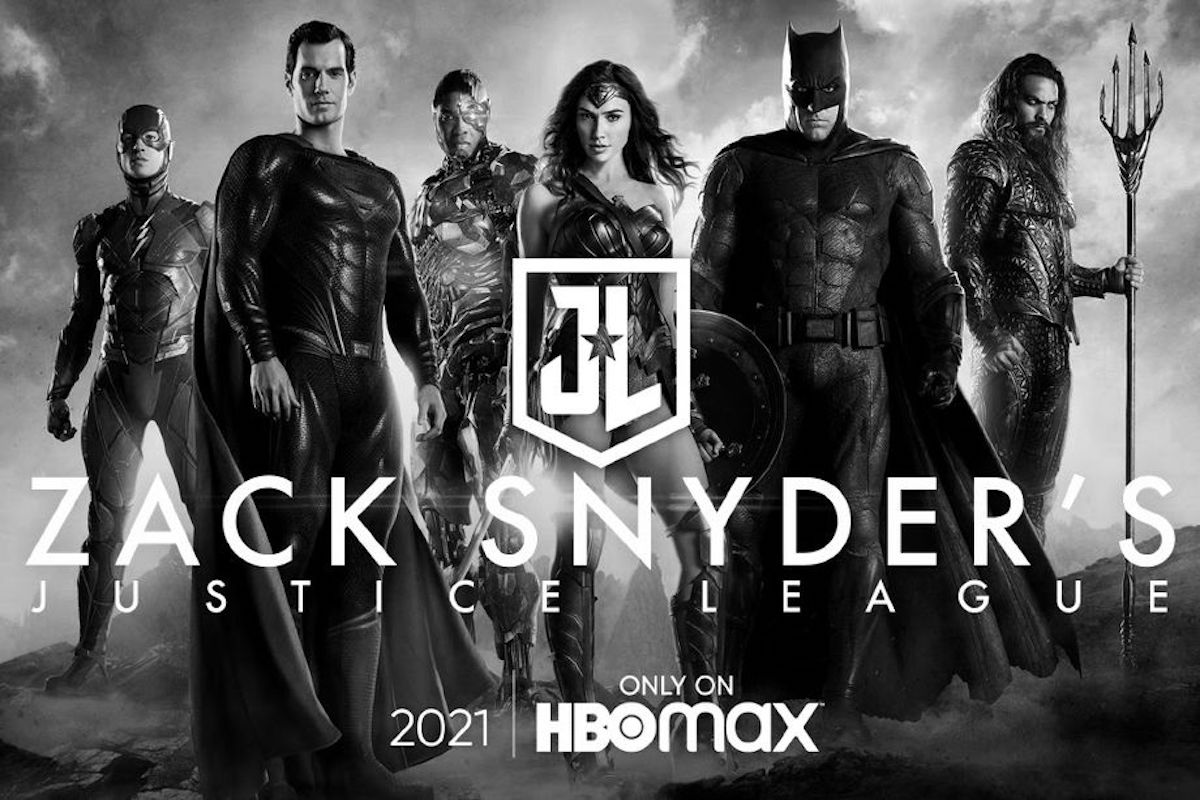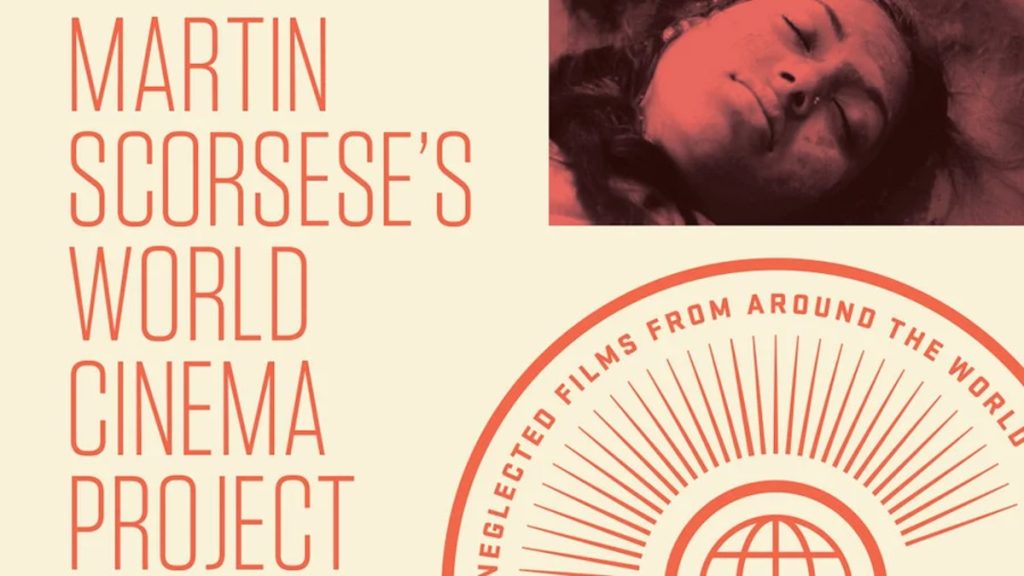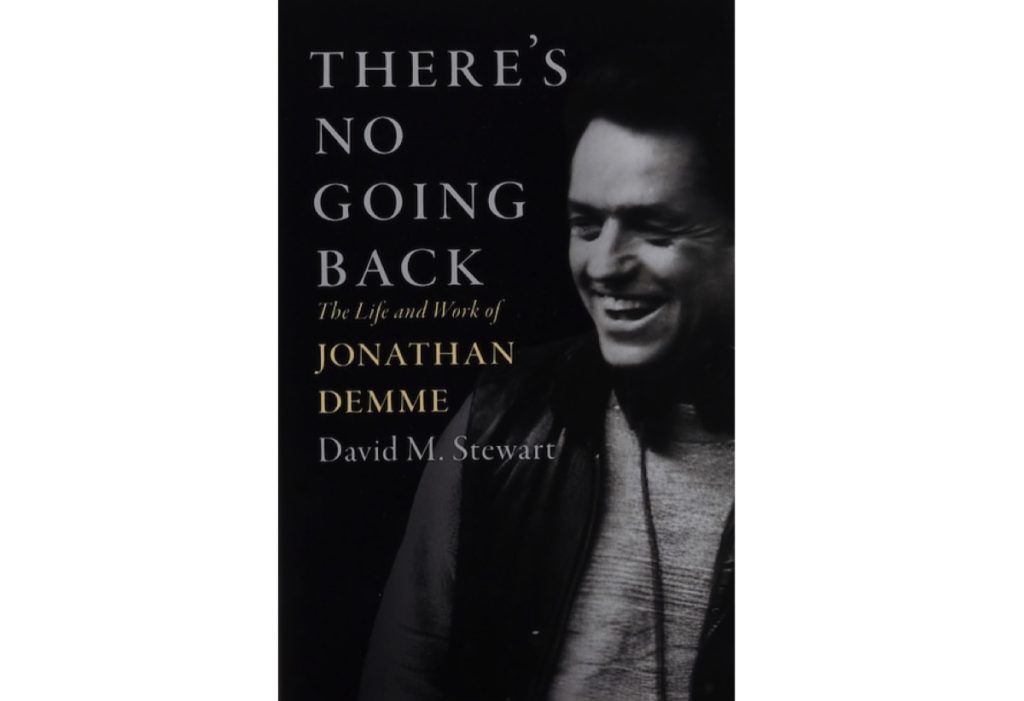No matter how good a film is, or how satisfied a director and an audience may be with the final product, there will always be the urge to go back and play with it a bit more. But films are frustrating in that respect: after a certain point, they have to be released into the wild, and it’s difficult to call them back. The concept of a director’s cut of a film has existed for decades, with films like Blade Runner, Superman II, and the Lord of the Rings extended editions serving as some of the most memorable examples. But in recent years, the driving force behind director’s cuts has changed. In the past, it was generally an attempt to make a film more closely resemble the filmmaker’s original vision after studio interference changed it significantly. But with the recent announcement of the fabled Snyder Cut of Justice League on HBO Max in 2021, it’s clear that, ironically, the pressure for new cuts of film has shifted from the director to fan bases with an increasing amount of power over the creative direction of their beloved franchises.
For most films that have warranted a director’s cut, the impetus for the decision to release a new version of a given film rests squarely on the shoulders of the director. The conflict between a studio and a filmmaker over the creative control of a film, especially a genre movie that could go down many different stylistic paths, is legendary in Hollywood. From Orson Welles’ famous battle with Universal over Touch of Evil to the Donner cut of Superman II, director’s cuts were almost always born out of creative disagreement and a professional dissatisfaction with the finished product. In a lot of ways, the audience’s experience of this new cut of the film is secondary: what seems most important is that the director has essentially achieved a minor coup, and in a revolutionary act wrested their movie from the hands of the studio to properly execute their own creative vision.
Over the years, however, that has changed. The beginning of this massive transition is visible in the immediate development and release of Peter Jackson’s extended editions of the Lord of the Rings trilogy. There was no studio interference, no grand battle to be won over how the final cut came to fruition. There was simply a theatrical release with an appropriate length for the casual viewer, and then a longer cut marketed for the more diehard fan. This focus on catering to the most passionate element of the fan base from both a business and creative perspective would be a harbinger of things to come.

With the rise of social media and internet culture, fans of specific media properties have become more interconnected and, by extension, mobilized to both defend their favorite franchise and make demands on it. And what’s more, extreme fans can now not only communicate with one another;, they have a direct pipeline to filmmakers, actors, and studios,unprecedented in cinema history. Every single grievance and complaint is amplified in a way that would have been impossible just decades earlier. Negativity that, in the 1970s or 1980s, would have been isolated to smaller pockets of fans is now given the opportunity to grow and blossom into the toxic fandom we see so often today.
At some point, these fans have developed the notion that they’re active participants in filmmaking rather than consumers, and studios have done little to dissuade them from this idea. Niche commodities like Lord of the Rings, Harry Potter, and superhero films — that in the past occupied a narrow space in the industry are increasingly essential to Hollywood –and the intensity of their fans’ devotion ends up putting an incredible pressure on the studios to make those fans happy.
This increased access to the creative element of filmmaking translates to real-time demands. When Return of the Jedi came out, and certain fans didn’t like the Ewoks, that was just something they had to come to terms with. If there was a movement to release a cut of the film that removed the intrepid teddy bears from Endor, it couldn’t have gained much traction. But now, even the release of a poorly-received trailer can result in fans clamoring for creators to go back to the drawing board. When Sonic the Hedgehog put out a teaser last year, fan uproar over the animation style was so overwhelming that the filmmakers immediately committed to an outrageously expensive redesign. This alone showcases the power that fans have in Hollywood.

This brings us back to Justice League. Widely derided by fans, rumors began almost immediately after its initial release that director Zach Snyder had actually put together a cut of the film before resigning from the project for personal reasons (he was replaced by Joss Whedon). This so-called Snyder Cut became the stuff of legends, and fans built it up in their heads as the ideal Batman film, an antidote to other DC output they deemed particularly disappointing. Justice League hit theaters in 2017, and for the past three years, acolytes of the Snyder Cut have relentlessly bombarded social media with demands for it to be released, even without any concrete evidence that such a director’s cut existed. The recent news regarding its release confirms, in fact, that it didn’t; DC is instead bringing Snyder back to reassemble his previously shot raw footage of Justice League. (A fan appeasement that will cost the studio tens of millions of dollars, it will also open the floodgates for future fan-demanded recuts; we’re already seeing them for David Ayers’ Suicide Squad). The fact that a small subsection of fans felt that they not only had the right to demand this sort of content, but that they were actually entitled to it, shows how far the actual idea of the director’s cut has changed. Once a reassertion of creative power, it’s now a peace offering to rabid fans.
Major studios have rarely been willing to embrace such a significant undertaking, and it has far-reaching implications for the perception of the power dynamic between fans and studios. When The Rise of Skywalker was released, the narrative had all the markings of being carefully crafted to avoid upsetting the small but vocal minority that had made everyone’s lives miserable after The Last Jedi. This seems to suggest that studios, in pursuit of box office numbers and good will from a toxic element of fandom, plan to cater to the whims of their most problematic admirers and give them what they want in a film. The problem, of course, is that people don’t always want what’s good for them, and kowtowing to their demands will often result in a disjointed mess of poorly conceived fan service and empty nostalgia. As for the Snyder cut, the jury’s still out. DC diehards have won a major battle, and they’re ecstatic – at least for now. But after building up this director’s cut in their heads for years, is there any way that it can possibly live up to their expectations? And at a certain point, is this even still Zach Snyder’s director’s cut, the culmination of his unique vision for Justice League, or just more of what the fans think they want?



